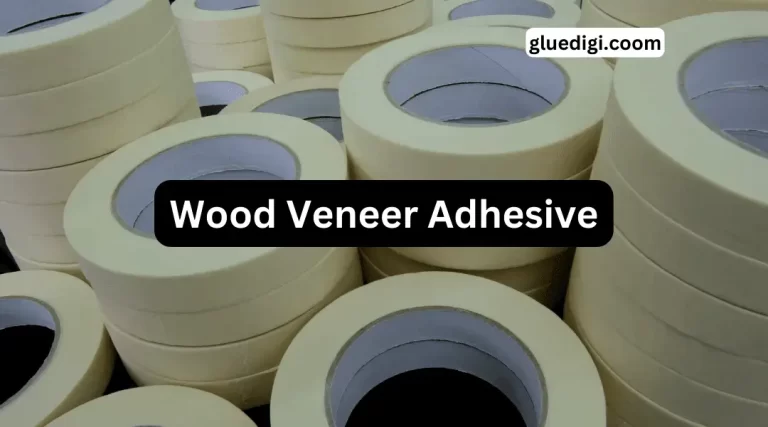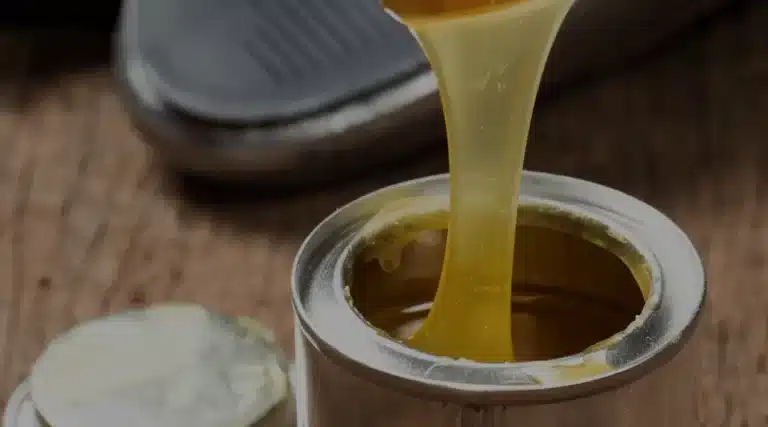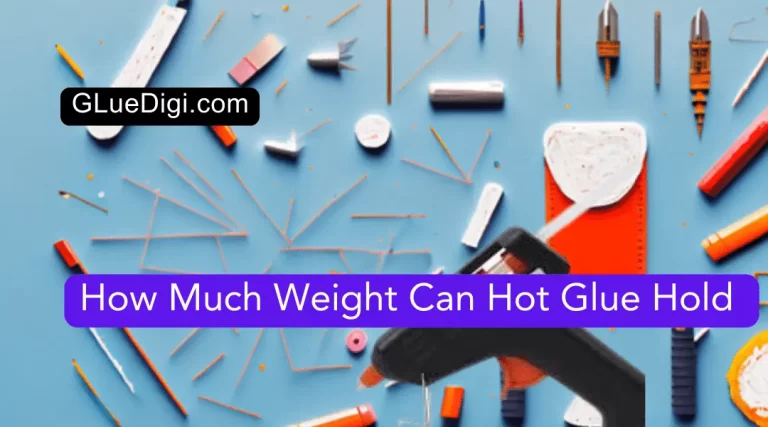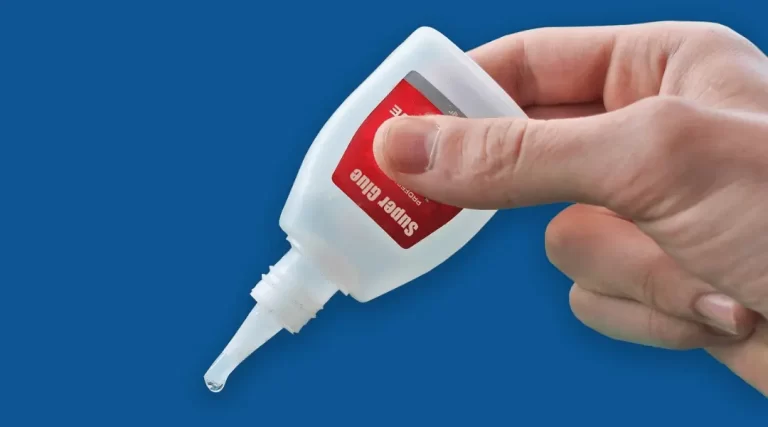Introduction
Have you ever marveled at how objects seemingly stick together without any visible signs of adhesive? Well, you can thank double-sided adhesive for that! Double-sided adhesive is a versatile bonding solution that has become an integral part of our daily lives, offering a secure and discreet way to join objects together.
Let’s dive into this peculiar topic and uncover the taste, health risks, and even unique uses of glue beyond its intended purpose.
Whether you’re an art enthusiast, DIY lover, or someone involved in industrial projects, understanding the ins and outs of double-sided adhesive will undoubtedly benefit you. In this article, we’ll dive deep into the world of double-sided adhesive, exploring its types, myriad uses, advantages, drawbacks, tips, tricks, and more.
What Is Double-Sided Adhesive?
Before we delve into the wonders of double-sided adhesive, let’s clarify what it actually is. Double-sided adhesive, also known as double-sided tape or double-coated tape, is a type of adhesive material that has adhesive coatings on both sides of a carrier substrate. The carrier can be made from foam, tissue, film, or other materials.
These adhesive layers are covered with protective liners that are removed before application, allowing both surfaces to be bonded effectively. The science behind its bonding power lies in the interaction between the adhesive and the surfaces it comes into contact with, creating a strong, lasting bond.
Types of Double-Sided Adhesive
The world of double-sided adhesive is diverse, with various types designed to suit specific applications. Let’s explore some of the most common types:
- Foam Tape: This type of double-sided adhesive is perfect for applications that require cushioning and shock absorption. It creates a reliable bond on irregular surfaces and is widely used in mounting signs, nameplates, and mirrors.
- Tissue Tape: Tissue tape is thin, flexible, and ideal for bonding lightweight materials. It’s commonly used in paper crafts, gift wrapping, and attaching photos to scrapbooks.
- Film Tape: Film tape is known for its exceptional transparency and resistance to temperature changes, making it suitable for applications that require durability and clarity, such as attaching screens to electronic devices.
- Transfer Tape: Transfer tape is excellent for precision applications, allowing you to transfer delicate objects with ease. It’s widely used in the graphics and sign industry.
- Removable vs. Permanent Adhesives: Double-sided adhesive comes in both removable and permanent variants. Removable adhesives offer a secure bond while allowing for easy removal without leaving any residue. On the other hand, permanent adhesives create a long-lasting bond that is challenging to remove.
Understanding the Uses of Double-Sided Adhesive
Double-sided adhesive is an essential tool in various industries and everyday life. Its applications include:
- Mounting and Framing Artwork: Double-sided adhesive is a favorite among artists and photographers for mounting artwork and photographs, providing a seamless and clean finish without the need for nails or hooks.
- Crafting and DIY Projects: If you enjoy crafting and DIY projects, double-sided adhesive is your best friend. It allows you to affix embellishments, ribbons, and other materials to various surfaces effortlessly.
- Industrial Applications: In the industrial world, double-sided adhesive plays a crucial role in assembling electronic devices, automotive components, and even aerospace structures, thanks to its ability to bond materials without adding weight or visible fasteners.
- Automotive Bonding Solutions: Double-sided adhesive is extensively used in the automotive industry for bonding emblems, trims, and body moldings, creating a sleek appearance and improved aerodynamics.
Advantages of Double-Sided Adhesive
What makes double-sided adhesive stand out from other bonding solutions? Let’s explore its advantages:
- Enhanced Bonding Strength: Double-sided adhesive forms a bond on both surfaces, distributing the stress more evenly and enhancing overall bonding strength.
- No Visible Residue: Unlike traditional glue or tape, double-sided adhesive leaves no visible residue, resulting in a cleaner and more professional-looking finish.
- Ideal for Irregular Surfaces: Its ability to conform to irregular and textured surfaces makes double-sided adhesive a preferred choice for challenging applications.
- Convenience and Time-Saving: Applying double-sided adhesive is quick and straightforward, saving you time and effort compared to traditional bonding methods.
Drawbacks of Double-Sided Adhesive
As with any product, double-sided adhesive has its limitations. Here are some drawbacks to consider:
- Limited Reusability: Once applied, double-sided adhesive cannot be easily removed and reused like traditional tape or glue.
- Heat and Temperature Sensitivity: Some double-sided adhesives may lose their effectiveness under extreme temperatures, making them unsuitable for certain applications.
- Surface Damage Concerns: Removing double-sided adhesive from delicate surfaces may cause damage or leave a sticky residue.
- Unsuitability for High-Stress Applications: While double-sided adhesive is strong, it may not be suitable for applications that involve heavy loads or extreme stress.
Tips for Effective Use
To ensure the best results with double-sided adhesive, keep these tips in mind:
- Surface Preparation Techniques: Clean and dry both surfaces before applying the adhesive to maximize its bonding strength.
- Selecting the Right Adhesive Type: Choose the appropriate type of double-sided adhesive based on the materials you want to bond and the application requirements.
- Applying Double-Sided Adhesive Correctly: Follow the manufacturer’s instructions and apply the adhesive evenly for a secure bond.
Creative Tips and Tricks
Unleash your creativity with double-sided adhesive using these tips and tricks:
- Custom Shapes and Die-Cutting: Use die-cut machines to create custom shapes from double-sided adhesive for unique and personalized designs.
- Creating Dimensional Effects: Layer different materials with double-sided adhesive to add depth and dimension to your projects.
- Combining Different Adhesive Types: Experiment with various types of double-sided adhesive to achieve specific effects in your crafts and DIY projects.
Ensuring Longevity and Durability
To make the most out of double-sided adhesive, consider the following factors:
- Factors Affecting Adhesive Longevity: Environmental conditions, temperature, and the type of surfaces bonded can impact the adhesive’s longevity.
- Maintenance and Storage Guidelines: Store double-sided adhesive in a cool, dry place and avoid exposure to extreme temperatures for optimal performance.
How to Remove Double-Sided Adhesive
Sometimes, you might need to remove double-sided adhesive without causing damage. Here’s how:
- Safe Removal Methods: Gently peel off the adhesive, or use a solvent recommended for the type of adhesive you’re dealing with.
- Dealing with Residue: If any residue remains, use rubbing alcohol or a mild adhesive remover to clean the surface.
Double-Sided Adhesive in Everyday Life
Double-sided adhesive has made its way into various aspects of our daily lives:
- Household Applications: From hanging posters to fixing loose tiles, double-sided adhesive offers practical solutions in the home.
- School and Office Use: It’s a staple in classrooms and offices for displaying materials without damaging walls or surfaces.
- Everyday Hacks and Solutions: Double-sided adhesive is a handy tool for quick fixes and ingenious solutions to everyday problems.
Pros and Cons in Comparison to Other Adhesives
Comparing double-sided adhesive to other bonding methods:
- Double-Sided vs. Single-Sided Adhesive: Unlike single-sided adhesive, double-sided adhesive creates a seamless, invisible bond between two surfaces.
- Double-Sided vs. Glue: Double-sided adhesive eliminates the mess and drying time associated with glue, offering a more efficient bonding solution.
- Double-Sided vs. Tape: While regular tape is visible and may not provide the same strength, double-sided adhesive offers a cleaner look and more reliable bond.
Environmental Impact and Sustainability
In today’s eco-conscious world, it’s essential to consider the environmental impact of adhesive products:
- Eco-Friendly Alternatives: Look for eco-friendly double-sided adhesives made from sustainable materials.
- Recycling and Disposal Considerations: Dispose of used adhesive materials responsibly, following local recycling guidelines.
Safety Precautions and Handling
Handling double-sided adhesive requires some safety precautions:
- Health and Safety Guidelines: Avoid contact with skin and eyes, and keep adhesive products out of reach of children.
- Childproofing with Double-Sided Adhesive: Secure household items and furniture to protect children from accidents.
Conclusion
Double-sided adhesive has proven to be a game-changer in the world of bonding solutions. Its versatility, convenience, and reliability have made it an indispensable tool for art enthusiasts, DIY lovers, and professionals alike. Whether you’re framing artwork, embarking on a crafting project, or tackling an industrial application, double-sided adhesive offers a secure and discreet way to bring your ideas to life. So, the next time you need to stick things together with ease, remember the power of double-sided adhesive!




